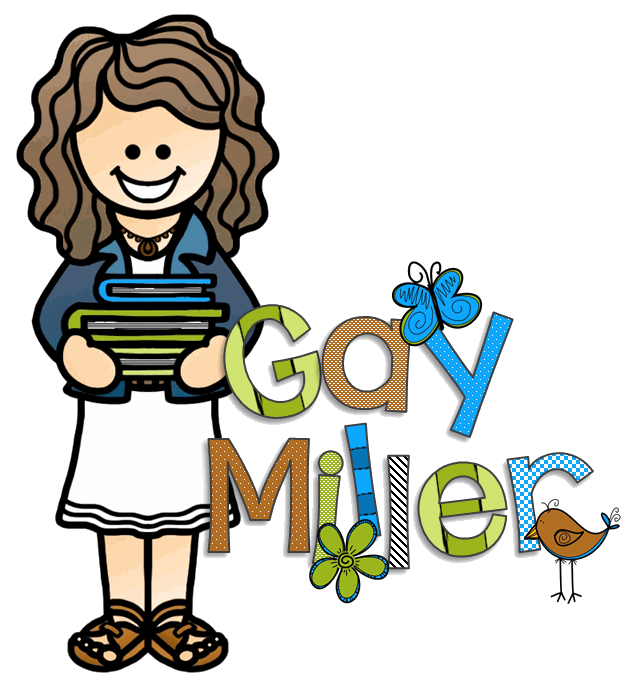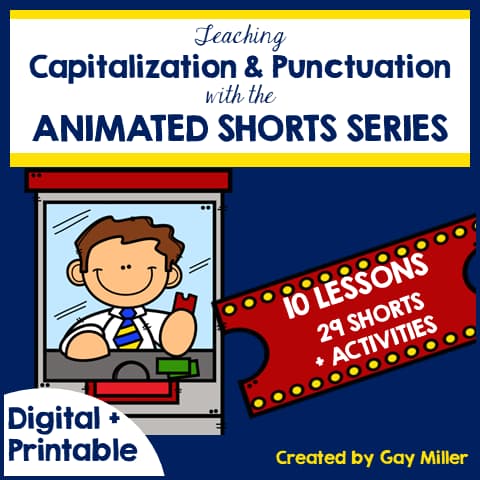
Ever find yourself staring at a student sentence and thinking, “That punctuation mark is doing the absolute most”? Commas, parentheses, and dashes tend to sneak in when students add extra info—and knowing which one to use (and when) can be surprisingly powerful. Let’s break it down in a way that actually sticks.
What Are Nonrestrictive vs. Restrictive Elements? A Quick Chat About Side Notes
Before we even get into the punctuation party, students need to know the VIP difference: restrictive vs. nonrestrictive elements.
- Nonrestrictive = bonus info. You could snip it out and the sentence still makes sense. Like a juicy fact that just couldn’t stay quiet.
- Example: The two largest land animals – the African elephant and the giraffe – are herbivores.
- Restrictive = ride-or-die info. Lose it, and the whole meaning takes a nosedive.
- Example: All students who do their work should pass easily.
Lesson Handout
This handout includes printable organizers with instructions and the task cards listed in this post.
Parenthetical Elements: The Rule You Can’t Forget
Whatever you start with, you gotta end with.
Commas, parentheses, and dashes all come in pairs when they’re setting off nonrestrictive info. Starting with one and ending with a different one? That’s like bringing chips but forgetting the dip.
Eight Classic Nonrestrictive Situations
(aka Where the Fun Begins)

Let students practice these to spot the difference between “need-to-know” and “good-to-know” info:
- 👤 Direct Address
Yes, George, you can go to the movies. - 🔍 Appositives
Our mayor, Mike Taylor, gave a speech. - 🦟 Participial Phrases
Eaten by mosquitoes, we wished we had stayed home. - 🗺️ Clarifications
The town where I live (Blowing Rock) is a tourist destination.
- 🍫 i.e. / e.g.
I like chocolate, e.g., dark chocolate, milk chocolate, and white chocolate. - 🗓️ Explanations
The school year (this year, from August to May) is shorter than usual. - 🎉 Interjections
We’re having a snow day, yippee! - 🏰 Jokes/Wordplay
The knight (Sir Render) was ready to give up.
Which Punctuation Tool Should You Grab?
Let’s think of each mark like a different personality trait:
| Punctuation | Personality | Use it when... |
|---|---|---|
| Comma | smooth and subtle | extra info is tightly connected |
| Parentheses | quiet and humble | info is low-key but worth mentioning |
| Dash | dramatic and bold | info deserves a spotlight (but don't overdo it) |
Tone: More Than Just a Mood
The punctuation you choose can change how your sentence feels:

- Dash = drama
The teacher – always prepared for any question – handed out the test. - Parentheses = whisper
The class was canceled (due to a surprise snowstorm), but the homework stayed. - Comma = casual
The dog, a golden retriever, wagged its tail.
Task Card Time: Make Grammar a Game

Instead of another worksheet, try this:
- Give students sentences missing punctuation.
- Let them choose the mark that fits.
- Bonus points if you pull examples from The Wonderful Wizard of Oz or another classroom classic.
Example:
Unpunctuated: Dorothy and her friends the Tin Man and the Cowardly Lion were going to see the Wizard.
Corrected: Dorothy and her friends, the Tin Man and the Cowardly Lion, were going to see the Wizard.
Wrap-Up Message for Students (and Teachers)
Learning when to use commas, parentheses, and dashes isn’t just grammar fluff—it’s sentence control. With practice, students can add detail without confusion, spice without mess, and style without overdoing it.
Want to bring it to life?
Grab the free organizer and task cards and let punctuation practice be something students actually look forward to. ✨
See the product that inspired this post.
Teaching Capitalization and Punctuation with Animated Shorts covers all 4th–6th grade Common Core State Standards for capitalization and punctuation. All activities are included in both printable and Google Slide versions.



